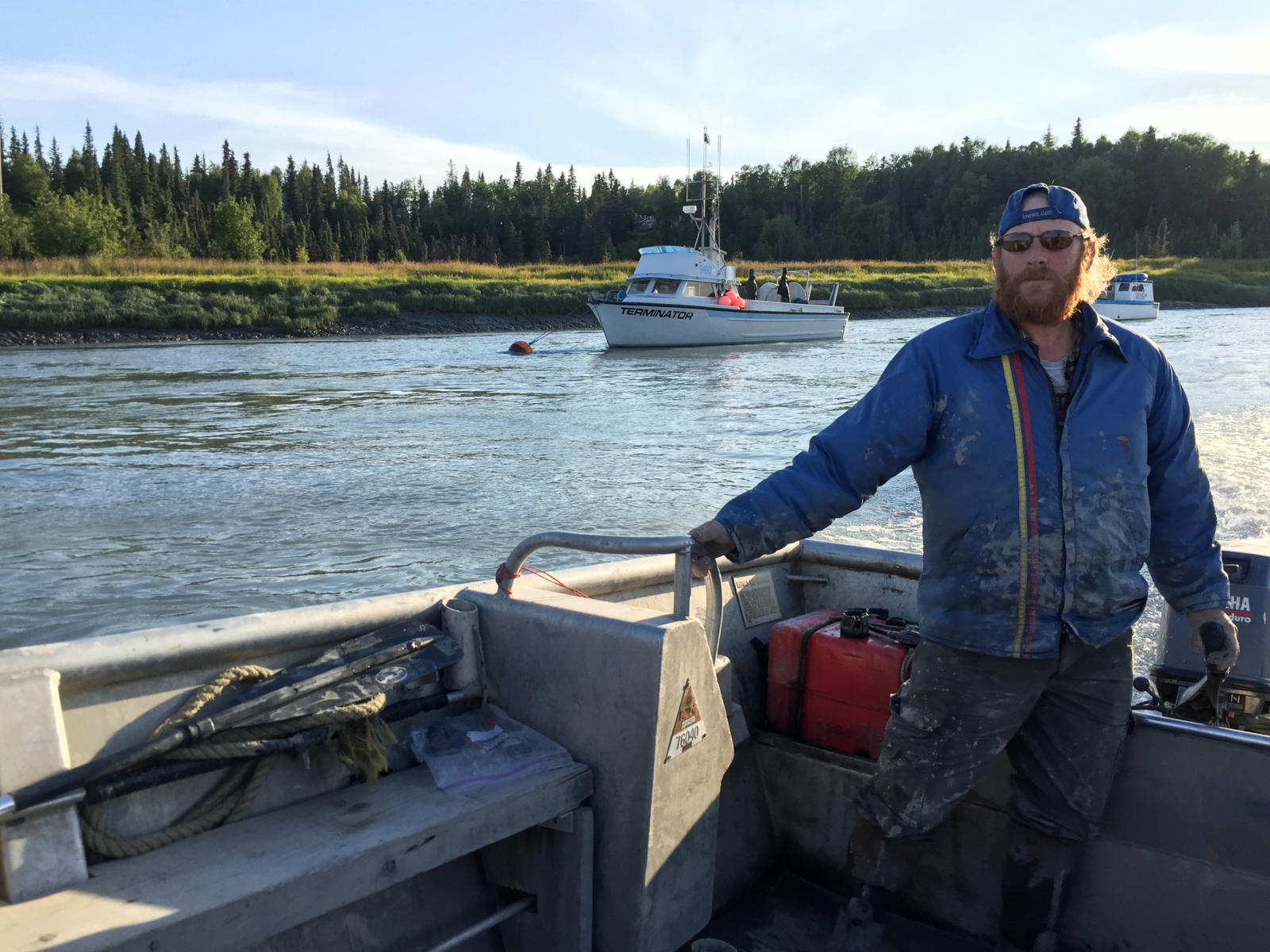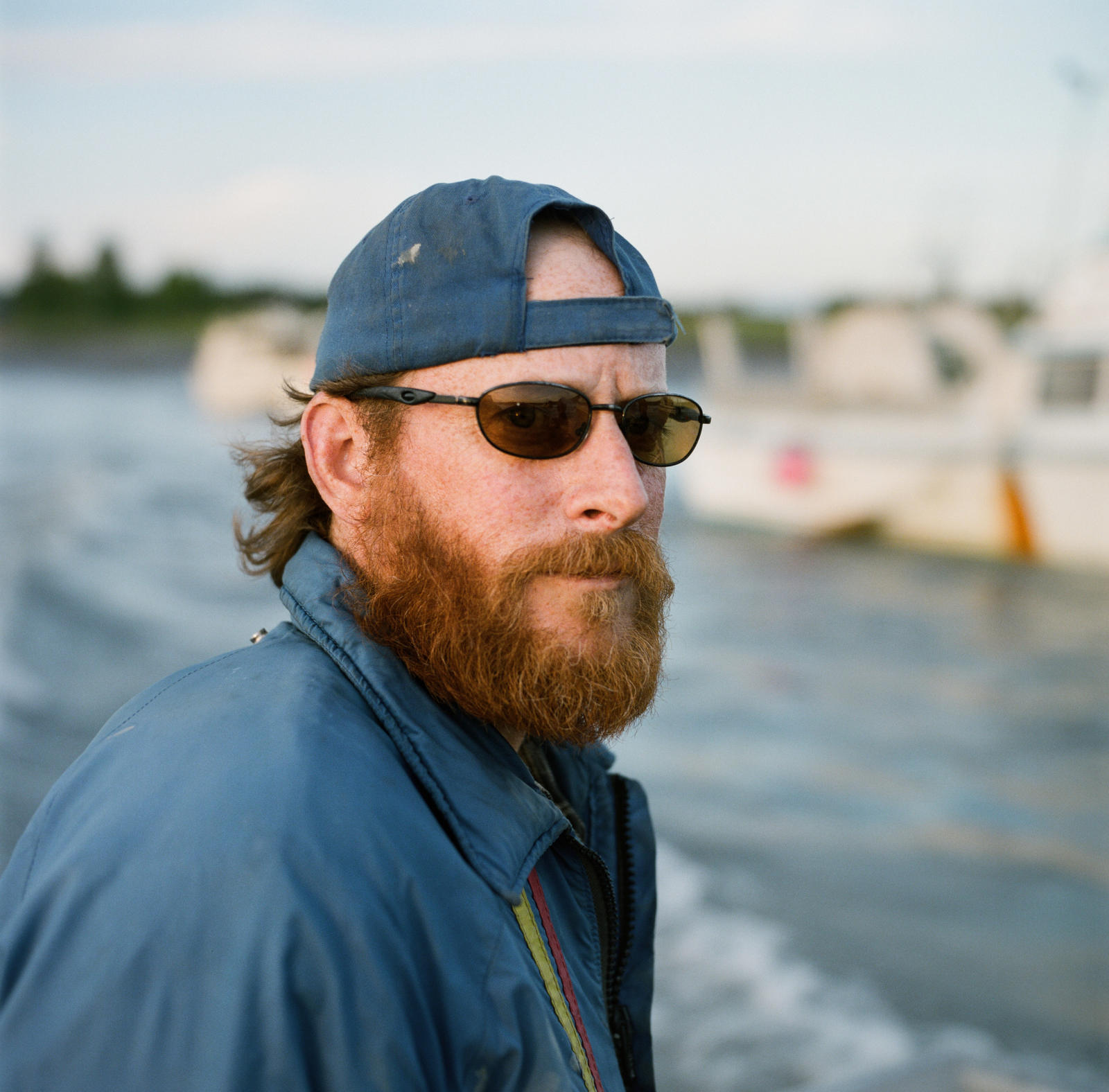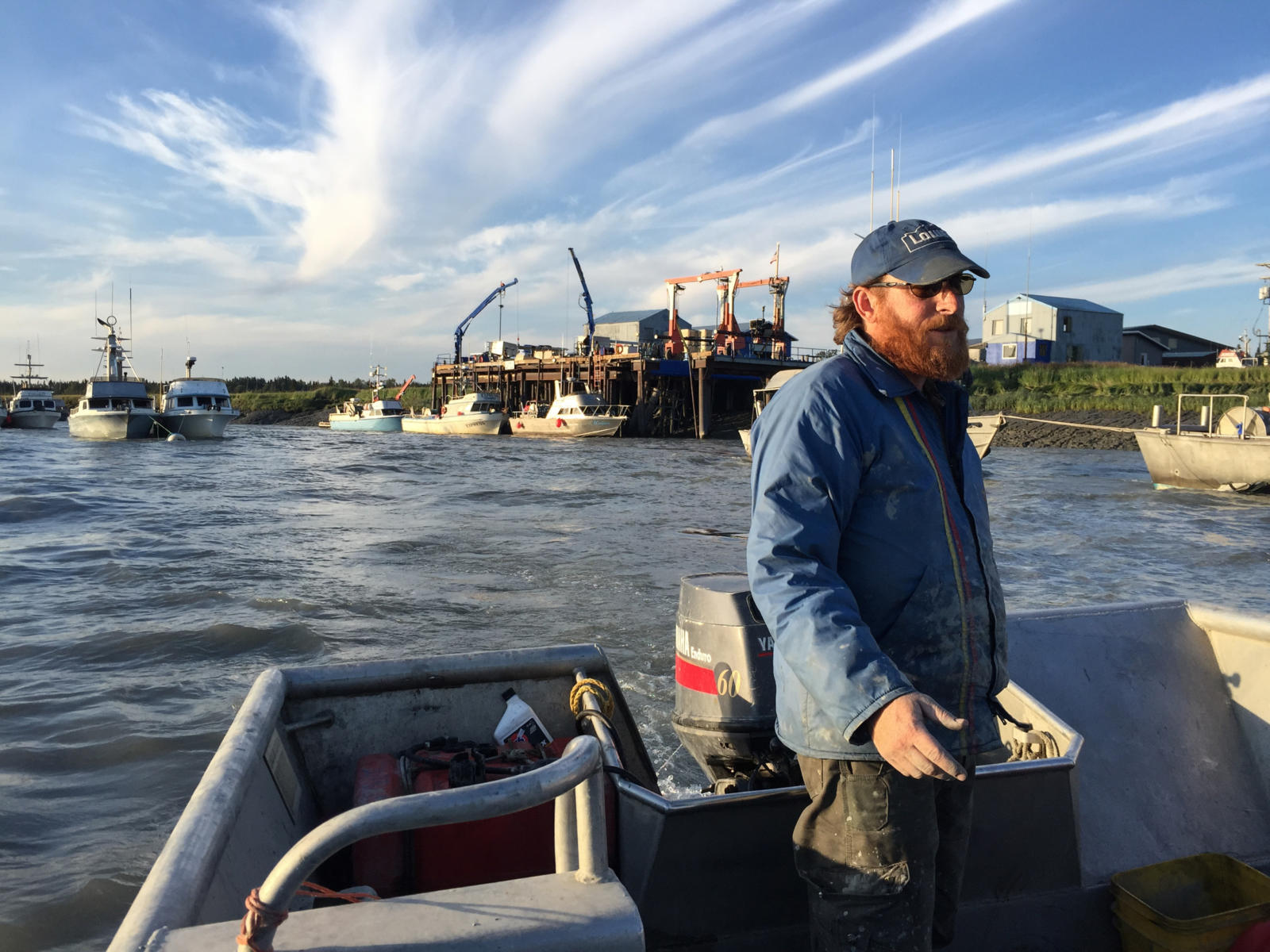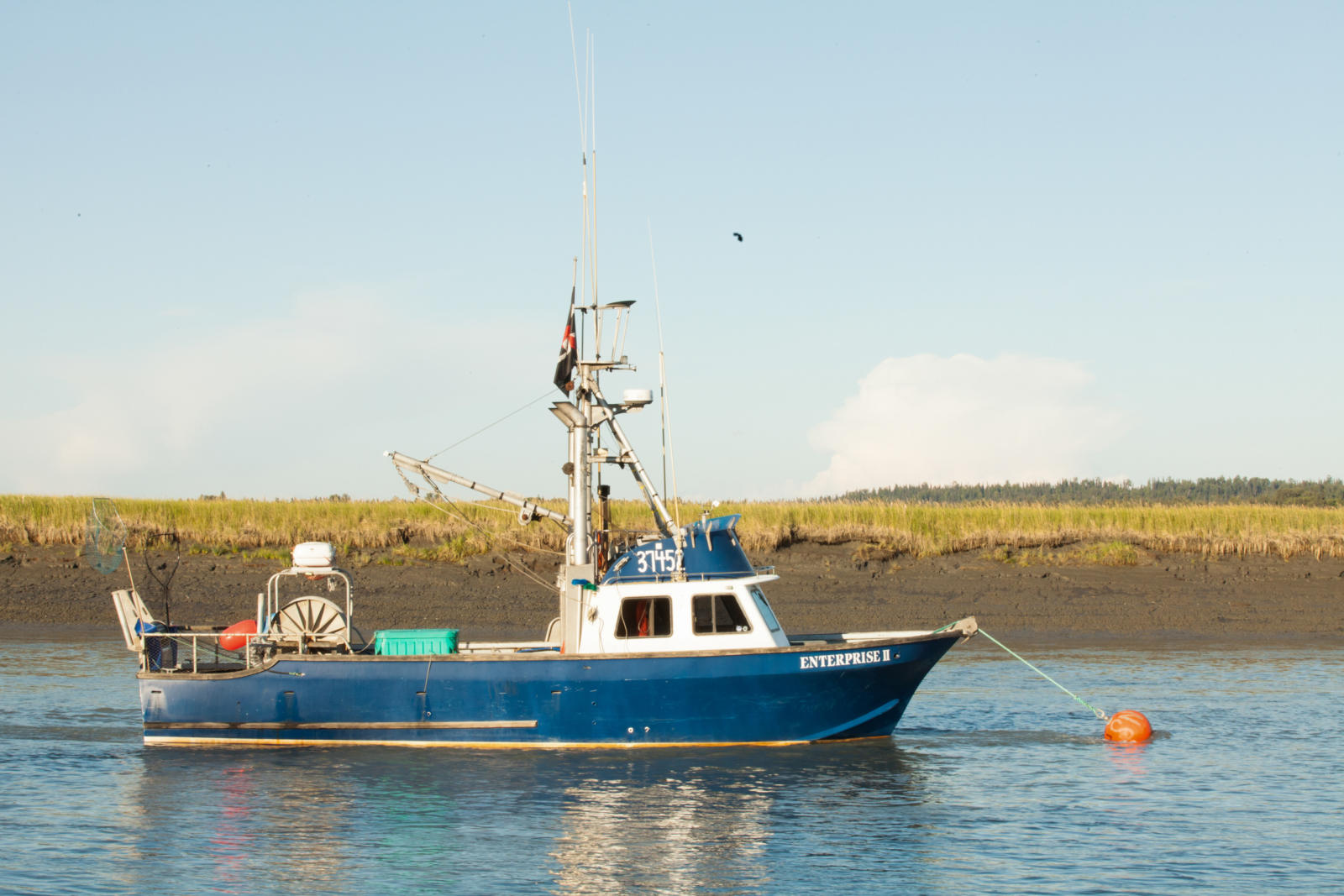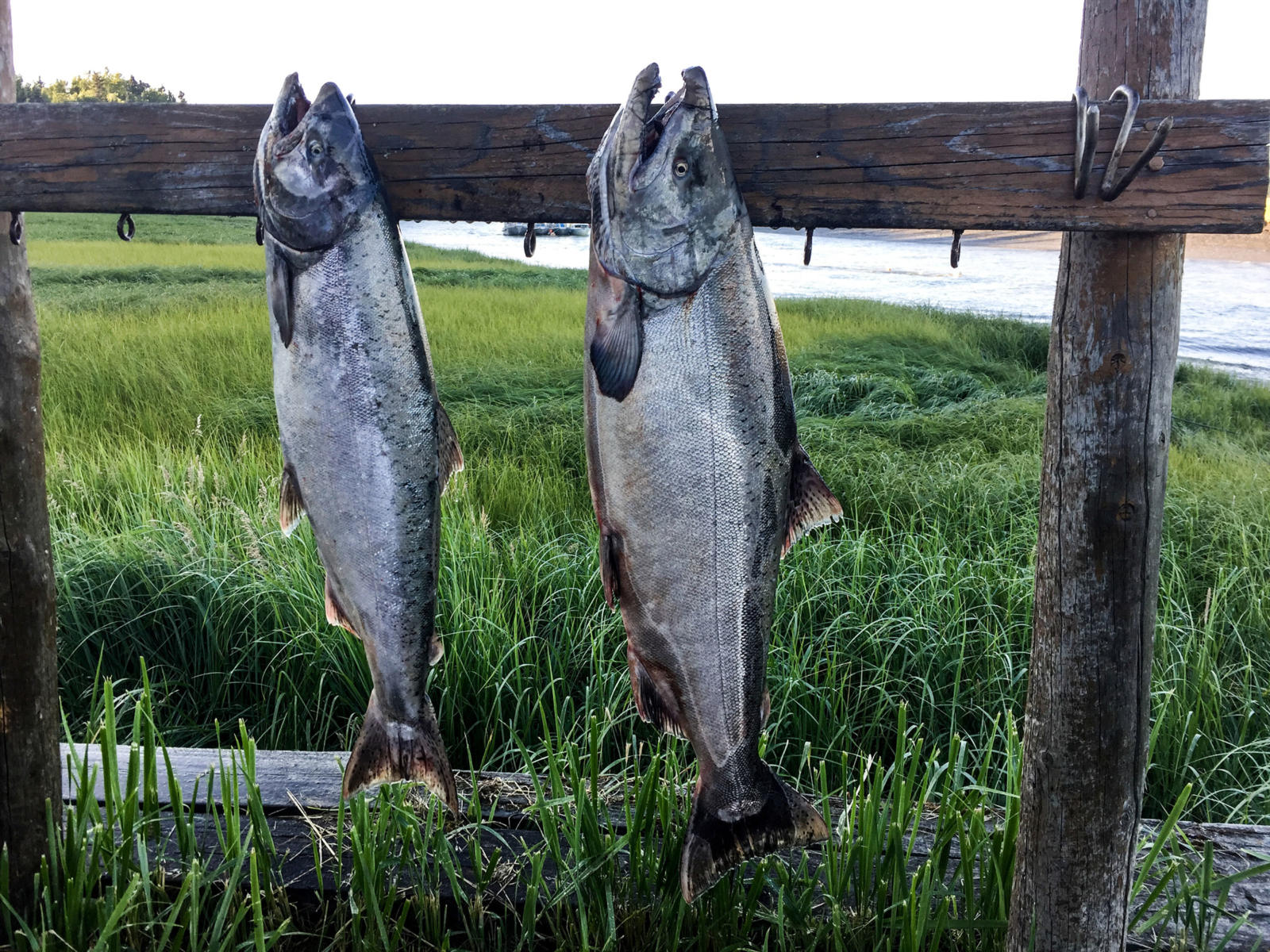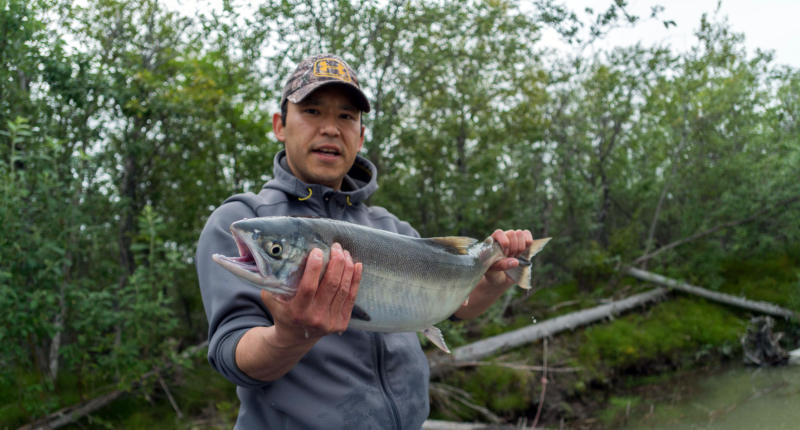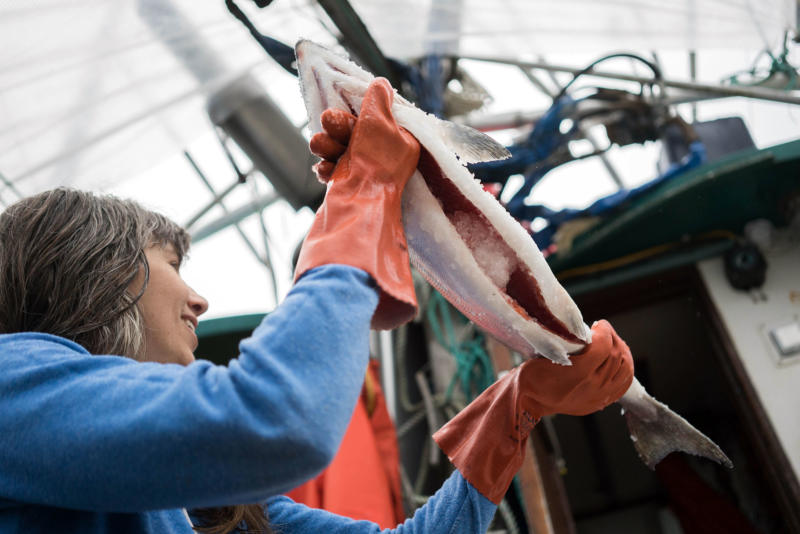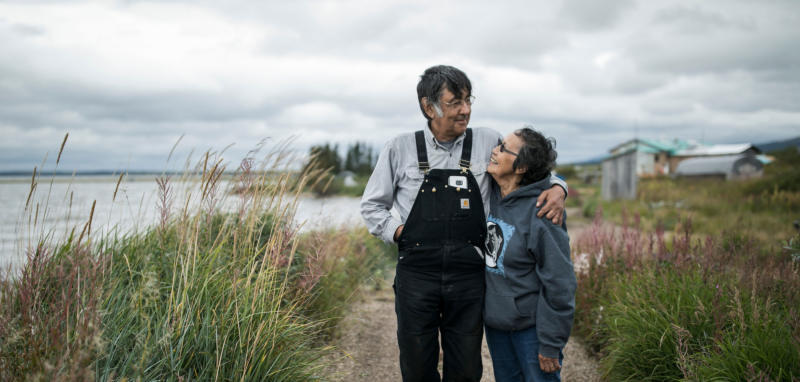Salmon have a remarkable capacity for spreading life. From their spawning grounds, millions of fry emerge and a new generation starts the cycle anew. Miraculously, it doesn’t stop there. The chain of life continues across land, as bears feast on migrating salmon and it’s a sloppy feast that carries nitrogen by the ton across the terrain where our forests grow, propagating an ecosystem too broad to quantify in a simple essay.
And the chain crosses into human endeavor as the pursuit of their vital protein gives economic life to fishermen, to the flood of deckhands and cannery workers who descend on coastal Alaska every year, to the local businesses for whom the fishing season is a boon: groceries and hardware, marine supply, as well as motels, bars and eateries. I came upon this salmon-propagated chain of human endeavor one evening on the Kasilof River.


